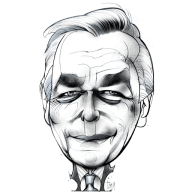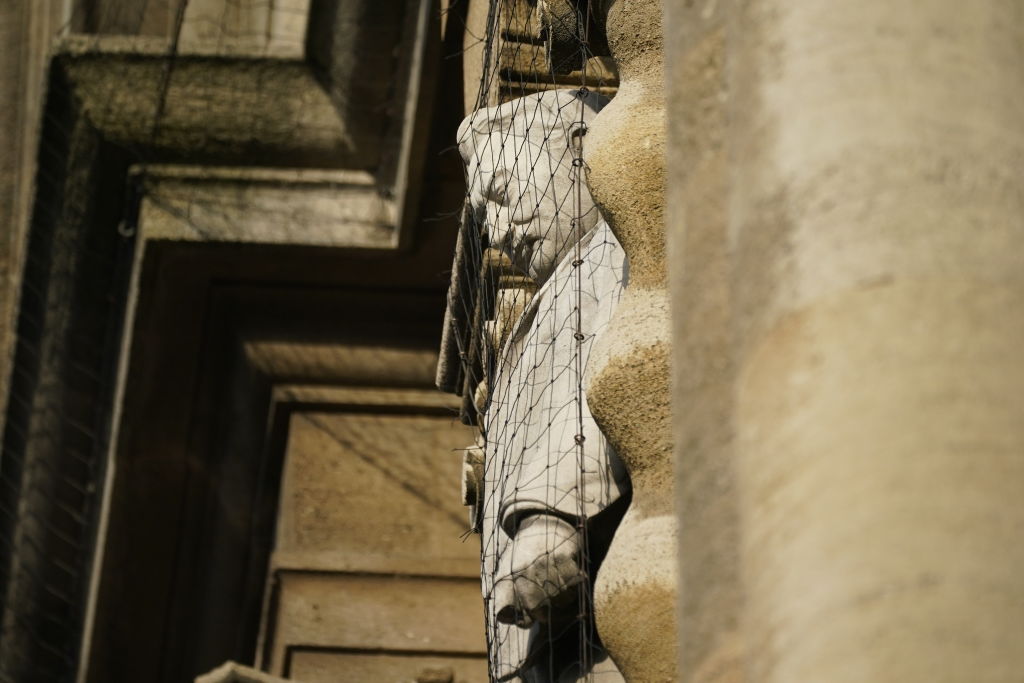The Black Lives Matter movement and the ‘Topple the Racists’ campaign have reminded us that monuments in public spaces can make powerful statements, on the rare occasions when we get round to noticing them. If the campaigners’ energy does not slacken, we can expect to have quite a few vacant plinths, and this will give us an opportunity to ‘confront’ (as some like to say) our history, and perhaps educate ourselves about the links between Britain and the ending of the appalling trade in human beings between Africa and the Americas, and between Africa and the Muslim world.
Many people will have ideas about this, and indeed have expressed them in the correspondence pages of the newspapers. So here are a few suggestions, offered in the spirit of truth and reconciliation.
Olaudah Equiano (c. 1745-1797): pioneer writer and campaigner against slavery – a considerable Enlightenment figure and early contributor to British awareness of the realities of slavery
Thomas Clarkson (1760-1846): a life-long campaigner against slavery from his student days, and ideal for replacing Colston in Bristol as he derived much of his knowledge of the trade from research there, and in 1823 Clarkson returned to Bristol to speak at the first meeting of the Bristol Auxiliary Anti-Slavery Society.

Get Britain's best politics newsletters
Register to get The Spectator's insight and opinion straight to your inbox. You can then read two free articles each week.
Already a subscriber? Log in








Comments
Join the debate for just £1 a month
Be part of the conversation with other Spectator readers by getting your first three months for £3.
UNLOCK ACCESS Just £1 a monthAlready a subscriber? Log in